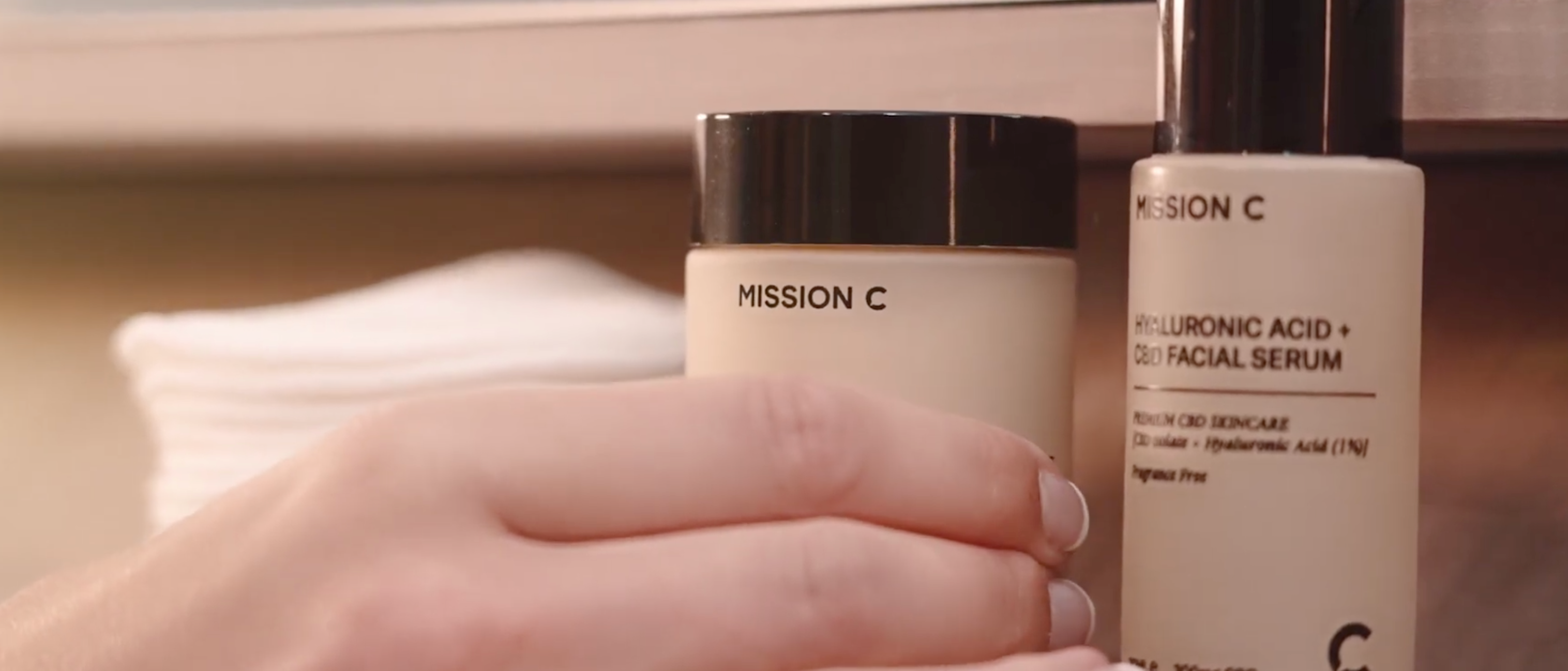
While everyone’s heard of Vitamin E, it can still be unclear what the nutrient is and what it does exactly to promote skin health. Furthermore, is the vitamin suitable for everyone, or should it be avoided for certain skin types? We have the lowdown on Vitamin E for healthy skin, including the most effective ways to include it in your routine.
What is Vitamin E?
Vitamin E is the term given to a family of oil-soluble nutrients that have anti-inflammatory properties. While there are approximately 8 types of Vitamin E, those most frequently found within skincare products are tocopherol and tocopheryl acetate.
Vitamin E is capable of reducing the negative effects on the skin caused by environmental and food-related free radicals and toxins, since it is a powerful antioxidant. It can help promote healthy skin, encourage optimal cell function and boost immunity.
Vitamin E can be found in natural skin remedies such as wheat germ oil, almonds, peanuts pumpkin and avocado, all of which are excellent sources to obtain the benefits of the essential nutrient. In skincare, Vitamin E is usually infused in creams, moisturisers, serums and oils, and may be combined with additional potent antioxidants to give skin a healthy boost.
Skin Benefits of Vitamin E
Vitamin E has a number of benefits that help to keep skin healthy.
- Vitamin E is an Antioxidant – Our skin is exposed to harmful free radicals on a daily basis as a result of environmental stressors and pollution. Vitamin E is able to fight off free radicals by neutralising them, as well as reducing the risk of blackheads which appear following sebum oxidation in the pores.
- Reduces UV Damage – Vitamin E levels in the skin reduce with exposure to UV light and the sun. The higher the concentration of Vitamin E, the better protection from UV damage; therefore, adding Vitamin E to your skincare routine can significantly reduce this, especially in ageing skin.
- Moisturises Skin – Quench your skin’s thirst with a drink of Vitamin E, a natural hydrator that boosts moisture-retention for much longer than most beneficial skincare nutrients.
- Improves Lipid Barrier – When skin lipids are fresh, the protective lipid barrier is healthy. However, damaged lipid barriers enable moisture escape and can lead to dry skin. Vitamin E helps to protect the barrier, reducing dryness and promoting suppleness of the complexion.
- Soothes and Heals – Vitamin E has the ability to soothe and heal the skin since it is a natural anti-inflammatory, and is a source of comfort for the skin following irritation and/or dryness.
- Anti-Ageing – Thanks to Vitamin E’s healing, moisture-boosting and antioxidant properties, it is an effective anti-ageing compound and can lead to a reduction in the appearance of fine lines and wrinkles.
Is Vitamin E Suitable for Everyone?
While Vitamin E can positively impact all skin types, it is generally recommended for use on dry or “normal” skin, where it tends to have the best results. Some people with very sensitive or very oily, acne-prone skin may wish to avoid products formulated with Vitamin E. Using a heavy Vitamin E cream that is oil-based may clog the pores and result in further breakouts or irritation. If you’re keen to try Vitamin E and you have an acne-prone or sensitive complexion, it is advised to start with a light cream rather than a serum (which usually contain more potent nutrient levels) or pure oil. Additionally, you can boost Vitamin E levels by adding more Vitamin E-rich foods to your diet, such as sunflower seeds, safflower oil, soybean oil and hazelnuts.
Vitamin E Side Effects
Potent levels of Vitamin E may irritate particularly sensitive skin, especially around the delicate eye area. As mentioned previously, high levels of Vitamin E can cause extra clogging of the pores in oily skin that is prone to acne and breakouts.
When applying Vitamin E topically for the first time, always carry out a small patch test.
How Should You Use Vitamin E in Your Beauty Routine?
There are two ways you can add Vitamin E to your topical beautifying routine: use a cream or serum that has been formulated with the nutrient, or apply pure Vitamin E oil to your skin. If you’re unsure how your skin will react to the introduction of the vitamin, we recommend starting with a product that is infused with Vitamin E as they typically contain less than 1%.
Vitamin E-infused serums can be applied after cleansing and toning. You might wish to provide the skin with an additional moisture-boost by following up with a Vitamin E moisturiser. Serums and moisturisers can generally be used both morning and night.
Pure Vitamin E oil, however, is typically best suited to your night-time routine since it can result in an oily appearance. After applying toner, take a few drops of Vitamin E oil and dab it on the face. You can add a moisturiser on top, if you wish.
Which Vitamin E Skincare Product Should I Choose?
If you’re new to Vitamin E, seek out moisturisers, serums or oils infused with the nutrient rather than the pure form. (Remember, tocopherol may be listed on the ingredient label – this is a common form of the vitamin). There are many Vitamin E products out there, and moisturisers often combine the vitamin with additional antioxidants or hydrating nutrients for an extra healthy skin boost. You’ll often find Vitamin E combined with collagen-boosting Vitamin C, for example; the two go hand in hand since Vitamin E stabilises Vitamin C. Alternatively, you could try Vitamin E CBD Facial Oil, for instance, which is packed with non-intoxicating CBD, Frankincense and Neroli to stimulate cell turnover, intensely hydrate, calm and revive the complexion.
